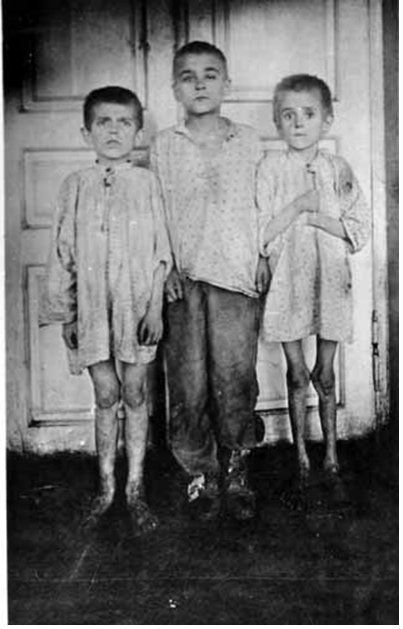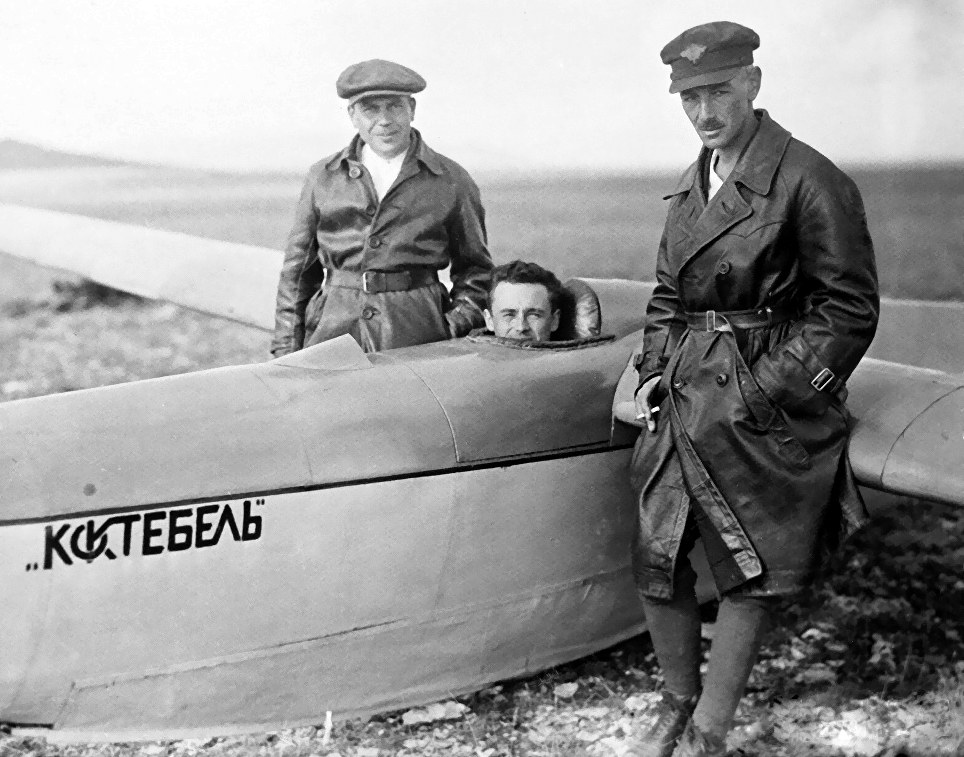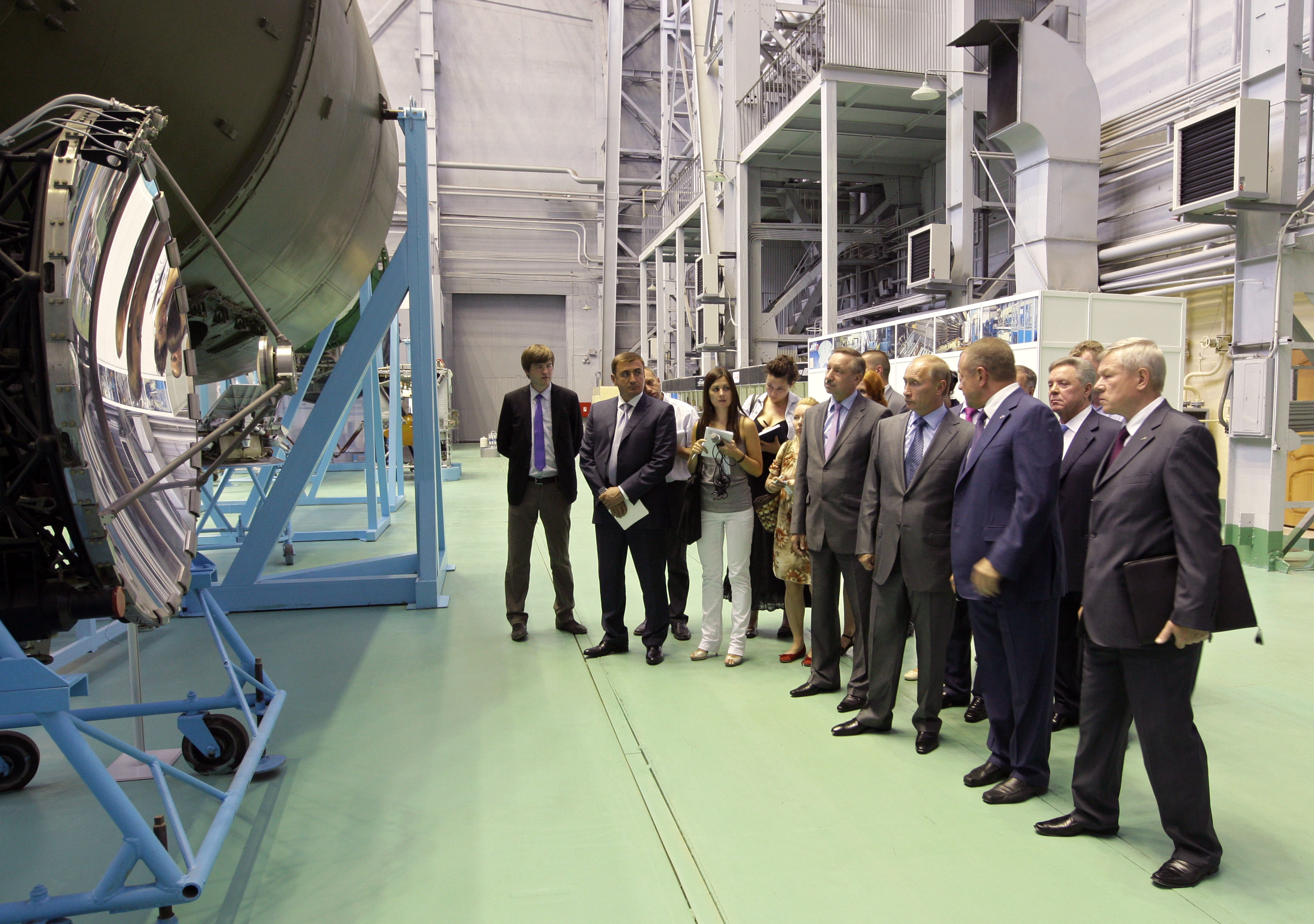|
Yuzhmash
The State Enterprise "Production Amalgamation 'Southern Machine-Building Plant named after O.M. Makarov'", officially abbreviated as Pivdenmash () and previously as Yuzhmash (), is a Ukrainian state-owned aerospace and defence manufacturer. Prior to 1991, it was a Soviet state-owned factory. Pivdenmash produces spacecraft, launch vehicles (rockets), liquid-propellant rockets, landing gears, castings, forgings, tractors, tools, and industrial products. The company is headquartered in Dnipro, and reports to the State Space Agency of Ukraine. It works with international aerospace partners in 23 countries. History Pivdenmash operated initially as "plant 586" in the Soviet Union. In 1954, Soviet aviation engineer Mikhail Yangel established the autonomous design bureau designated OKB-586, from the former chief designer's division of plant 586. Yangel had previously headed OKB-1 (today ''RKK Energiya'') and was primarily a supporter of storable propellant technology – unlike ... [...More Info...] [...Related Items...] OR: [Wikipedia] [Google] [Baidu] |
Dnipro
Dnipro is Ukraine's fourth-largest city, with about one million inhabitants. It is located in the eastern part of Ukraine, southeast of the Ukrainian capital Kyiv on the Dnieper River, Dnipro River, from which it takes its name. Dnipro is the Capital (political), administrative centre of Dnipropetrovsk Oblast. It hosts the administration of Dnipro urban hromada. Dnipro has a population of Archeological evidence suggests the site of the present city was settled by Cossacks, Cossack communities from at least 1524. Yekaterinoslav ("glory of Catherine") was established by decree of the Emperor of all the Russias, Russian Empress Catherine the Great in 1787 as the administrative center of Novorossiya Governorate, Novorossiya. From the end of the 19th century, the town attracted foreign capital and an international, multi-ethnic workforce exploiting Kryvbas iron ore and Donbas coal. Renamed Dnipropetrovsk in 1926 after the Ukrainian Communist Party of the Soviet Union, Communist ... [...More Info...] [...Related Items...] OR: [Wikipedia] [Google] [Baidu] |
State Space Agency Of Ukraine
The State Space Agency of Ukraine (SSAU; ) is the Ukrainian government agency responsible for space policy and programs. It was formed on 29 February 1992, and was based on the Soviet space program infrastructure that remained in Ukraine following the dissolution of the Soviet Union. It was called the National Space Agency of Ukraine (NSAU; Національне космічне агентство України, НКАУ) until 9 December 2010.Указ Президента України № 1085 від 9 грудня 2010 року «Про оптимізацію системи центральних органів виконавчої в� ... [...More Info...] [...Related Items...] OR: [Wikipedia] [Google] [Baidu] |
R-16 (missile)
The R-16 was the first successful intercontinental ballistic missile deployed by the Soviet Union. In the West it was known by the NATO reporting name SS-7 Saddler, and within Russia, it carried the GRAU index 8K64. Description The missile was 30.4 m long, 3 m in diameter and had a launch weight of 141 tons. The maximum range was 11,000 km with a 5–6 Mt thermonuclear warhead and 13,000 km with a 3 Mt warhead. The missile had a circular error probable (CEP) of 2.7 km. History During development, a massive failure occurred on October 24, 1960, when a prototype rocket exploded on the pad killing an estimated 54300 personnel. After decades of coverup, the government finally revealed this incident in 1989, referred to as the Nedelin catastrophe. A fatal accident with the R-9 Desna, R-9 missile occurred exactly three years later, causing October 24 to be referred to as Baikonur's "Black Day." No launches have been attempted on that date at Ba ... [...More Info...] [...Related Items...] OR: [Wikipedia] [Google] [Baidu] |
R-12 Dvina
The R-12 Dvina was a theatre ballistic missile developed and deployed by the Soviet Union during the Cold War. Its GRAU designation was 8K63 (8K63U or 8K63У in Cyrillic for silo-launched version), and it was given the NATO reporting name of SS-4 Sandal. The R-12 rocket provided the Soviet Union with the capability to attack targets at medium ranges with a megaton-class thermonuclear warhead and constituted the bulk of the Soviet offensive missile threat to Western Europe. Deployments of the R-12 missile in Cuba caused the Cuban Missile Crisis in 1962. A total of 2335 missiles were produced; all were destroyed in 1993 under the START II treaty. As well as the single-stage ballistic technology, the R-12 Dvina had a two-stage capability that allowed payloads to be placed into low Earth orbit. The Iranian Shahab-4 missile is likely an offshoot of the R-12 Dvina. History Beginning OKB-586 formed from a spin-off of portions of Sergei Korolev's OKB-1 production infrastructure u ... [...More Info...] [...Related Items...] OR: [Wikipedia] [Google] [Baidu] |
R-5 Missile
The R-5 Pobeda (Побе́да, "Victory") was a medium range ballistic missile developed by the Soviet Union during the Cold War. The upgraded R-5M version, the first Soviet missile capable of carrying a nuclear weapon, was assigned the NATO reporting name SS-3 Shyster and carried the GRAU index 8K51. The R-5 was developed by OKB-1 as a single-stage missile with a detachable warhead reentry vehicle. The R-5M was a nuclear armed missile with greater payload and weight entered service in March 1956, was deployed along the western and eastern Russian borders, and in 1959 was installed in East Germany, the first Soviet nuclear missile bases outside the USSR. The missile was retired in 1967, superseded by the R-12. In 1958, R-5A rockets were used to launch pairs of dogs to altitudes above . Description The R-5 was a single-stage Medium Range Ballistic Missile (MRBM) with a range of . Using 92% ethanol for fuel and liquid oxygen as an oxidizer, the rocket had a dry weight of (fue ... [...More Info...] [...Related Items...] OR: [Wikipedia] [Google] [Baidu] |
Forging
Forging is a manufacturing process involving the shaping of metal using localized compression (physics), compressive forces. The blows are delivered with a hammer (often a power hammer) or a die (manufacturing), die. Forging is often classified according to the temperature at which it is performed: cold forging (a type of cold working), warm forging, or hot forging (a type of hot working). For the latter two, the metal is heated, usually in a forge. Forged parts can range in weight from less than a kilogram to hundreds of metric tons.Degarmo, p. 389 Forging has been done by metalsmith, smiths for millennia; the traditional products were kitchenware, household hardware, hardware, hand tools, edged weapons, cymbals, and jewellery. Since the Industrial Revolution, forged parts are widely used in mechanism (engineering), mechanisms and machines wherever a component requires high strength of materials, strength; such forgings usually require further processing (such as machining) ... [...More Info...] [...Related Items...] OR: [Wikipedia] [Google] [Baidu] |
R-14 Chusovaya
The R-14 Chusovaya (, named for the Chusovaya river) was a single stage Intermediate-range ballistic missile developed by the Soviet Union during the Cold War. It was given the NATO reporting name SS-5 Skean and was known by GRAU index 8K65. It was designed by Mikhail Yangel. Chusovaya is the name of a river in Russia. Line production was undertaken by Facility No. 1001 in Krasnoyarsk. Overview Development of the R-14 began by directive on 2 July 1958. The preliminary design was completed in December 1958, with flight tests beginning in June 1960 and completed in February 1961. The missile was accepted into service on 24 April 1961; initial operational capability for the first division of four launchers was achieved on 31 December 1961, with the first regiment organized the next day. By the end of 1962 two regiments were fully operational in Ukraine and Latvia, with later surface launch pad sites in Kaliningrad and Belarus. A regiment consisted of two divisions, with eight la ... [...More Info...] [...Related Items...] OR: [Wikipedia] [Google] [Baidu] |
KB Pivdenne
The ''Pivdenne'' Design Office (), located in Dnipro, Ukraine, is a designer of satellites and rockets, and formerly of Soviet intercontinental ballistic missiles (ICBMs), established by Mikhail Yangel. During the Soviet era, the bureau's OKB designation was OKB-586. The company is in close co-operation with the PA Pivdenmash multi-product machine-building company, also situated in Dnipro. Pivdenmash is the main manufacturer of the models developed by Pivdenne Design Office. Directors * 1954–1971 Mikhail Yangel * 1971–1991 Vladimir Utkin * 1991–2010 * 2010–2020 Products Current Ballistic missiles * Hrim-2 Orbital launch vehicles * Zenit rocket family **Zenit-2 **Zenit-2M **Zenit-3F **Zenit-3SL **Zenit-3SLB *Antares first stage core, in cooperation with Orbital Sciences Corporation * Dnepr, converted R-36 ICBM * R-36 ICBM, NATO reporting name SS-18 'Satan' Rocket engines *Main engines ** RD-843 ** RD-853 ** RD-859 ** ** RD-861K ** RD-866 ** RD-868 *Steering en ... [...More Info...] [...Related Items...] OR: [Wikipedia] [Google] [Baidu] |
Sergei Korolev
Sergei Pavlovich Korolev (14 January 1966) was the lead Soviet Aerospace engineering, rocket engineer and spacecraft designer during the Space Race between the United States and the Soviet Union in the 1950s and 1960s. He invented the R-7 Semyorka, R-7 Rocket, Sputnik 1, and was involved in the launching of Laika, Sputnik 3, the first luna 2, human-made object to make contact with another celestial body, Soviet space dogs#Belka and Strelka, Belka and Strelka, the first human being, Yuri Gagarin, into space, Voskhod 1, and the first person, Alexei Leonov, to conduct a Voskhod 2, spacewalk. Although Korolev trained as an aircraft designer, his greatest strengths proved to be in design integration, organization and strategic planning. Arrested on a false official charge as a "member of an anti-Soviet counter-revolutionary organization" (which would later be reduced to "saboteur of military technology"), he was imprisoned in 1938 for almost six years, including a few months in a K ... [...More Info...] [...Related Items...] OR: [Wikipedia] [Google] [Baidu] |
Energia (corporation)
S.P. Korolev Rocket and Space Corporation "Energia" () is a Russian manufacturer of spacecraft and space station components. Its name is derived from the Russian word for energy and is also named for Sergei Korolev, Sergei Pavlovich Korolev, the first chief of its design bureau and the driving force behind early Soviet accomplishments in space exploration. Overview Energia is the largest company of the Russian space industry and one of its key players. It is responsible for all operations involving human spaceflight and is the lead developer of the Soyuz (spacecraft), Soyuz and Progress (spacecraft), Progress spacecraft, and the lead developer of the Russian end of the International Space Station (ISS). In the mid-2000s, the company employed 22,000–30,000 people. The enterprise has been awarded 4 Order of Lenin, Orders of Lenin, Order of the October Revolution and Russian Federation President's Message of Thanks. In addition, 14 cosmonauts employed by the company have been ... [...More Info...] [...Related Items...] OR: [Wikipedia] [Google] [Baidu] |
OKB-586
The ''Pivdenne'' Design Office (), located in Dnipro, Ukraine, is a designer of satellites and rockets, and formerly of Soviet Union, Soviet intercontinental ballistic missiles (ICBMs), established by Mikhail Yangel. During the Soviet era, the bureau's OKB designation was OKB-586. The company is in close co-operation with the PA Pivdenmash multi-product machine-building company, also situated in Dnipro. Pivdenmash is the main manufacturer of the models developed by Pivdenne Design Office. Directors * 1954–1971 Mikhail Yangel * 1971–1991 Vladimir Utkin * 1991–2010 * 2010–2020 Products Current Ballistic missiles *Hrim-2 Orbital launch vehicles *Zenit (rocket family), Zenit rocket family **Zenit-2 **Zenit-2M **Zenit-3F **Zenit-3SL **Zenit-3SLB *Antares (rocket), Antares first stage core, in cooperation with Orbital Sciences Corporation *Dnepr (rocket), Dnepr, converted R-36 ICBM *R-36 (missile), R-36 ICBM, NATO reporting name SS-18 'Satan' Rocket engines *Main eng ... [...More Info...] [...Related Items...] OR: [Wikipedia] [Google] [Baidu] |
Mikhail Yangel
Mikhail Kuzmich Yangel (; 7 November 1911 – 25 October 1971), was a Soviet people, Soviet engineer born in Irkutsk who was the leading designer in the missile program of the former Soviet Union. Biography Yangel was the grandson of a Russian political prisoner who had been deported to Siberia by the Tsarist regime. Yangel's career started as an aviation engineer, after graduating from Moscow Aviation Institute in 1937. He worked with famous aircraft designers Nikolai Polikarpov and later, Artem Mikoyan. Then he moved to the field of ballistic missiles, where he first was in charge of guidance systems. As Sergei Korolev’s associate, he set up a rocket propulsion centre in Dnepropetrovsk in UkSSR which later formed the basis of his own OKB-586 design bureau in 1954. At first, Yangel’s facility served to mass-produce and further develop intercontinental ballistic missiles (ICBMs) in which area Yangel was a pioneer of storeable Hypergolic propellant, hypergolic fuels. His ... [...More Info...] [...Related Items...] OR: [Wikipedia] [Google] [Baidu] |








